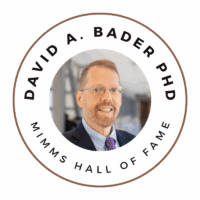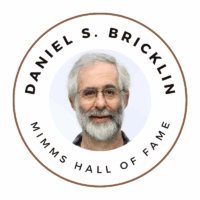In 2024, Mimms Museum of Technology and Art launched its Hall of Fame to honor individuals who have made remarkable contributions to the field of computer technology, spanning both hardware and software development.
Each year, one or two inductees will be chosen by a committee from a list of nominees submitted through the museum’s website. Nominees are evaluated based on their impact on the technology industry, with an ideal candidate being someone who has driven progress through innovation and creativity. Their achievements not only advanced the field but also inspired further advancements, earning them a distinguished place in the industry.
The selection committee consists of a chairperson, a member of The Mimms’s board, a museum staff member, and a representative from the technology industry or academia.
Honorees are recognized at BYTE, The Mimms’s annual fundraiser taking place in early spring of each year. They receive a plaque featuring their photo and a brief biography, to be displayed in the museum, a keepsake certificate, and a reserved table for eight to BYTE.





